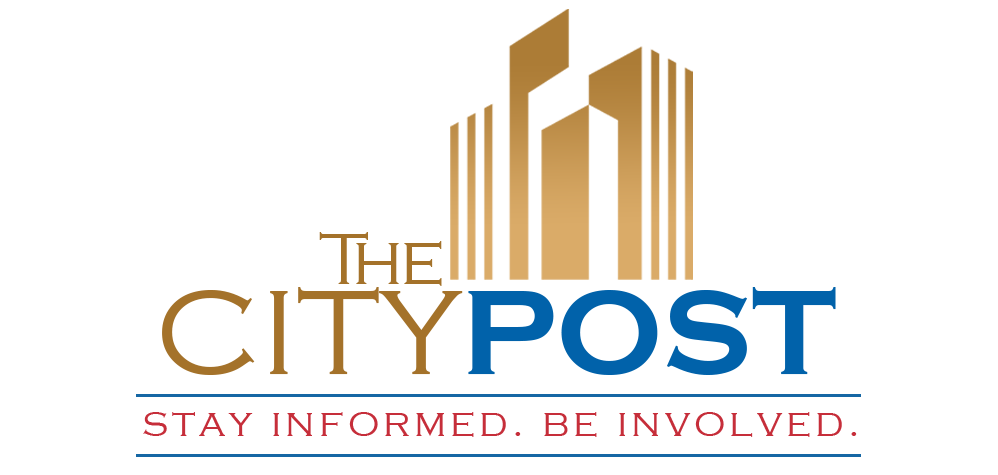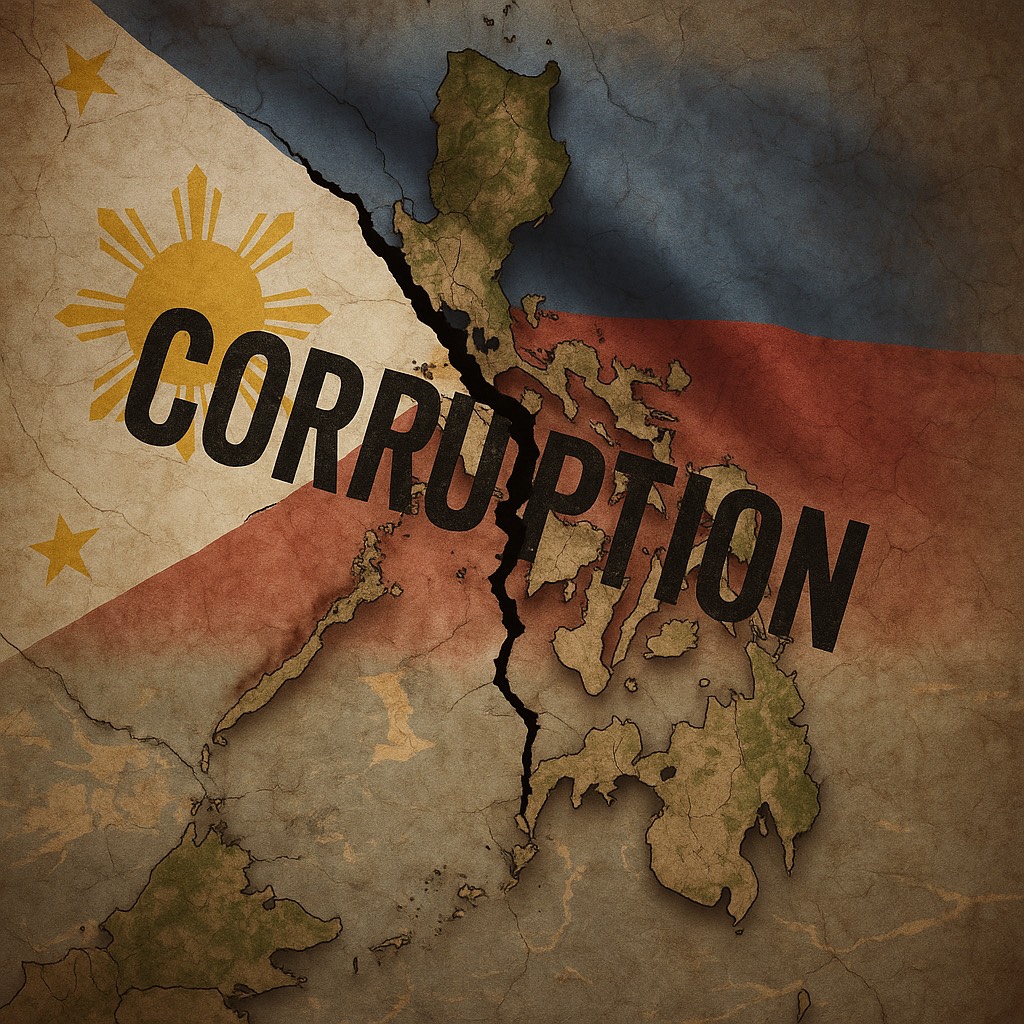The E-Gov App, launched by the Department of Information and Communications Technology (DICT), was heralded as a groundbreaking solution to streamline government services and bring the Philippines into the digital age. But let’s call it what it is—a complete and utter failure. While the intention behind the app was commendable, the execution has been nothing short of disastrous. What was supposed to simplify the lives of Filipinos has instead made navigating government services even more convoluted and frustrating. What the app really allows you to do is to access all Government websites directly without having to go through them individually. Hurrah! What an innovation. You cannot even get a status update if certain things you applied for like Driver’s License or Passport from it directly unless you go to the respective agencies anyway.
The Duterte administration spearheaded the E-Gov App, promising a seamless integration of various government services into one platform. From the get-go, the app was plagued with issues. It was clear that the developers had no real understanding of what an effective connectivity app should entail. Rather than unifying and simplifying processes, the app became yet another layer of bureaucracy for citizens to navigate.
When President BBM took office, there was hope that he would address the shortcomings of the E-Gov App. However, instead of fixing its fundamental flaws, the current administration doubled down on this flawed initiative, showcasing their complete lack of understanding of digital governance. Should I need to bring up yet again the unimaginable level of incompetence within the DICT’s leadership? The app’s interface is clunky, user experience is abysmal, and the very purpose of the app—making government services accessible—is lost in a maze of poorly designed features.
The E-Gov App was supposed to bring all government services under one roof, making it easier for Filipinos to interact with their government. Instead, it has fragmented the process even further. Want to apply for a permit? Good luck finding the right department within the app. Need to pay your taxes? You might as well go to the physical office because the app’s payment gateway is more unreliable than a local internet connection in a typhoon.
One of the most glaring issues with the app is its failure to integrate the various systems of different government agencies. This was the whole point of creating an E-Gov platform in the first place! Instead of having a unified system where information flows seamlessly between departments, we have an app that requires users to jump through hoops, filling out the same information multiple times because the app’s backend is as disconnected as the Philippine archipelago.
Moreover, the app does not address the most pressing issues Filipinos face when dealing with government services: inefficiency and corruption. A true E-Gov App would provide transparency, cut down processing times, and reduce the need for face-to-face interactions that often lead to “fixers” and bribes. Instead, what we got was a half-baked attempt at modernization that does nothing to tackle the root problems.
It’s evident that this administration, much like its predecessor, is out of touch with the realities of the digital world. The E-Gov App could have been an opportunity to make a significant impact, but it’s clear that those at the helm are more interested in ticking boxes than delivering real solutions. This app stands as a monument to the government’s incompetence—a flashy facade with no substance behind it.
The failure of the E-Gov App is symptomatic of a larger problem within the Philippine government—a chronic inability to implement meaningful reforms. It’s not enough to have good ideas; they must be backed by effective execution. The E-Gov App is a case study of what happens when good intentions meet poor planning and even worse implementation.
It’s time for the administration to stop pretending that the E-Gov App is a success. It’s time to acknowledge the reality that this app, much like many other government projects, has failed the very people it was supposed to serve. Until we have leaders who understand the importance of not just launching initiatives but following through with effective execution, we will continue to see disasters like the E-Gov App.
Filipinos deserve better. We deserve a government that doesn’t just pay lip service to digital transformation but actually delivers on its promises. The E-Gov App could have been a tool for empowerment; instead, it has become yet another symbol of governmental failure, a digital nightmare masquerading as progress. Change has to start by appointing qualified Government leaders starting with the DICT.
————————–
Rafael “Raffy” Gutierrez is a veteran Technology Trainer, boasting over 25 years of expertise in networking, administration, systems design, and diverse computer technologies.



